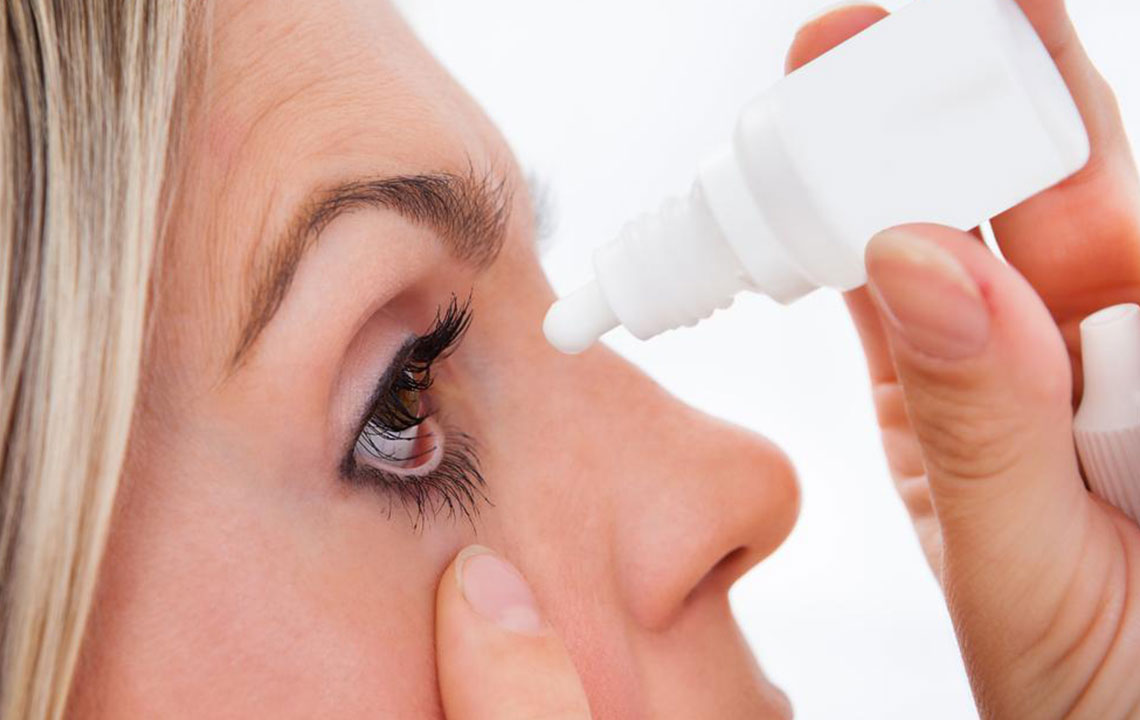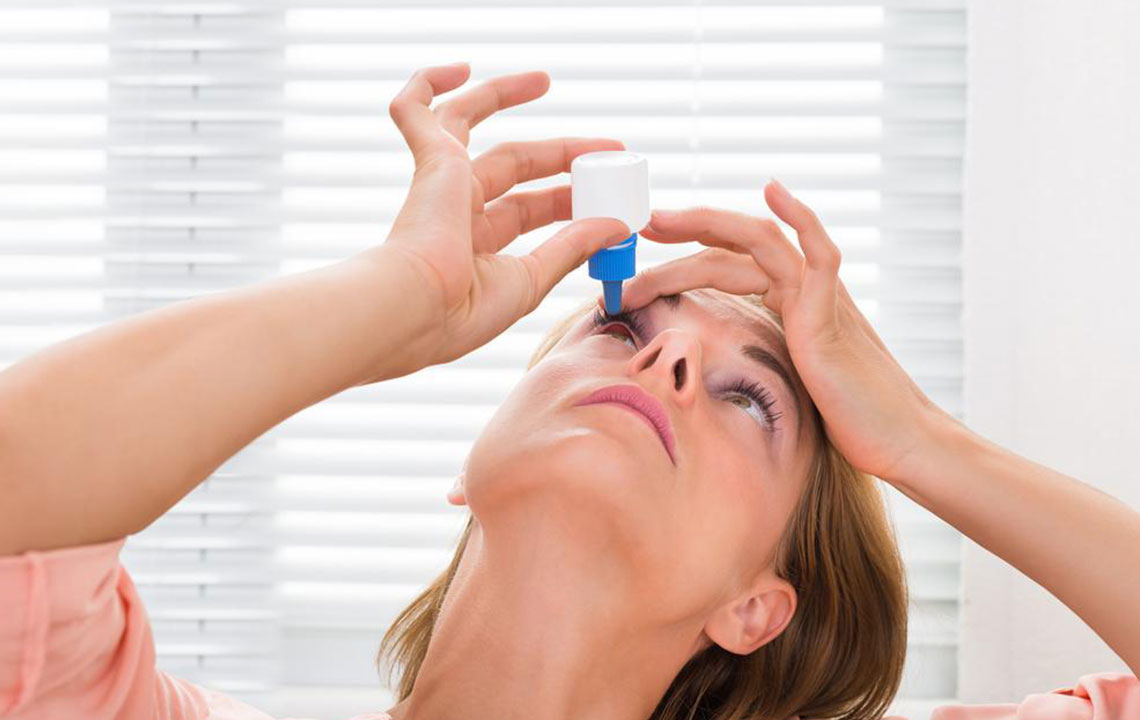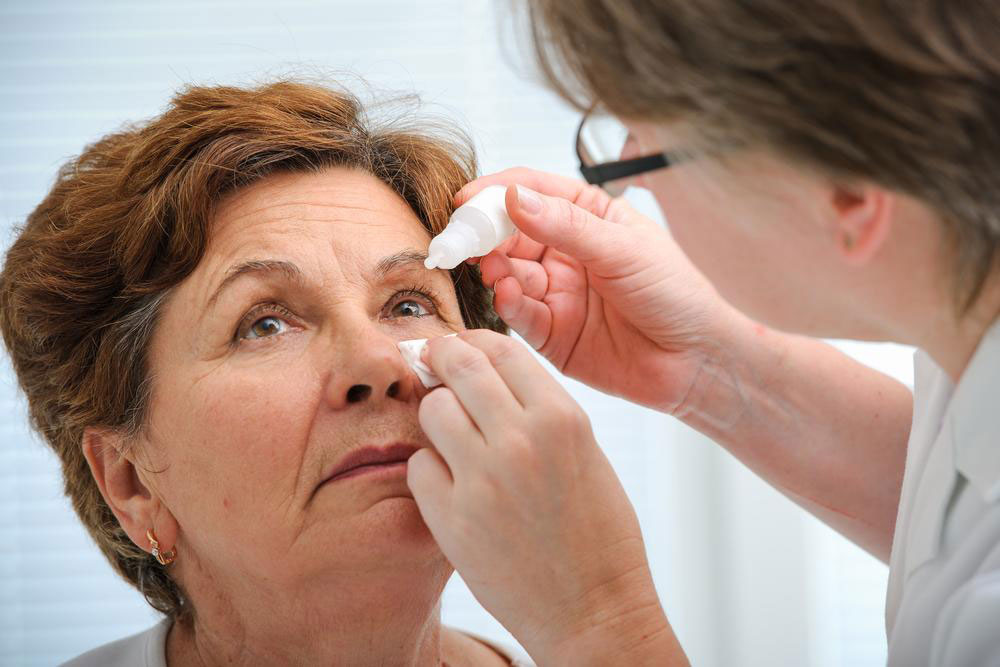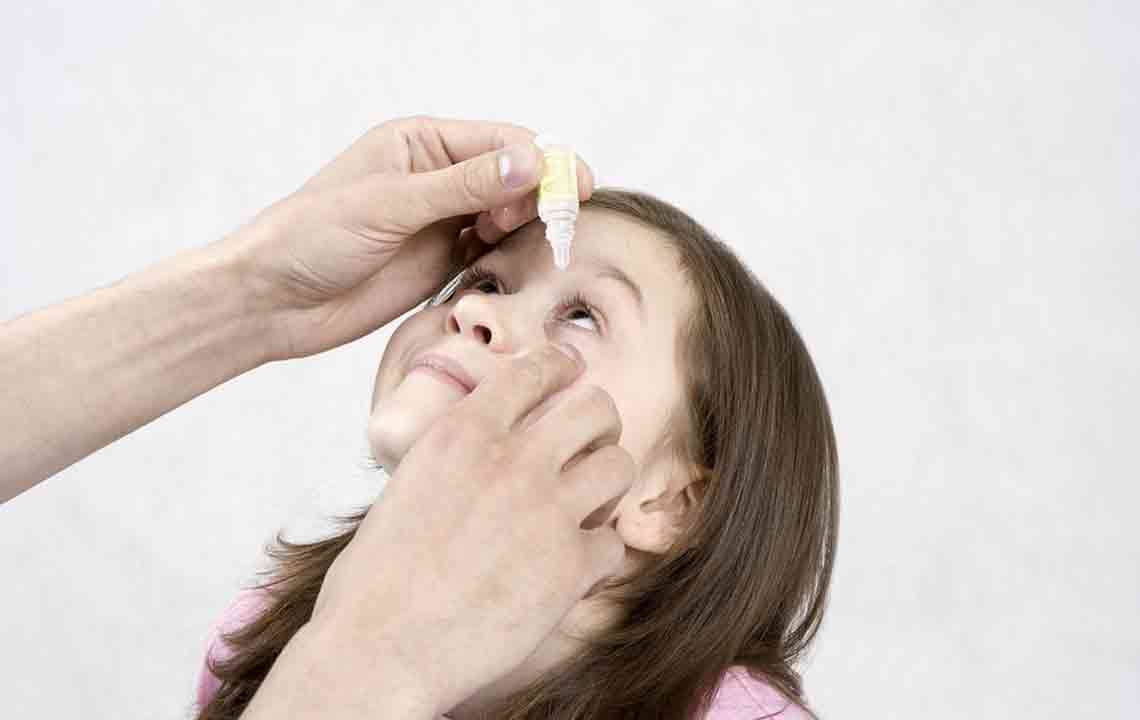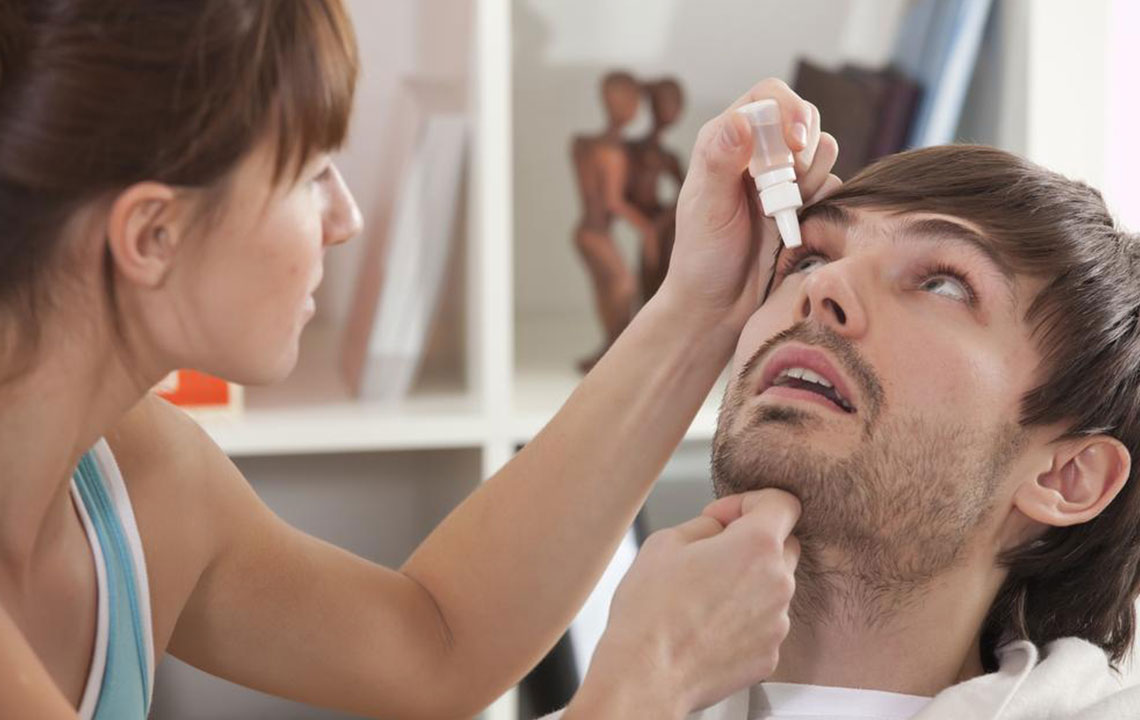Comprehensive Guide to Managing Dry Eye Conditions
This comprehensive guide explains dry eye syndrome, its symptoms, causes, diagnosis methods, and treatment options. It emphasizes the importance of proper eye care and professional consultation to manage the condition effectively, helping prevent discomfort and preserve vision. Ideal for those experiencing dry eye symptoms or seeking information on eye health.

Understanding and Managing Dry Eye Conditions
Dry eye disease is a widespread eye issue characterized by insufficient lubrication, leading to discomfort. Also known as keratoconjunctivitis sicca, it affects many, especially seniors.
What is dry eye?
It occurs when tear production falls short, leaving eyes vulnerable to dust and irritants. Tears are vital for eye health and clear vision, creating a protective barrier and keeping eyes moist.
Symptoms of dry eye include:
Persistent discomfort, a sensation of something in the eye, itching, and irritation. Common signs encompass:
Eye pain
ощущение тяжести
Dryness
Redness
Blurry vision
Burning sensation
Sometimes, eyes may produce excess tears due to irritation, a response to dryness called reflex tearing, which is temporary.
Causes of dry eye include:
Several factors contribute, primarily involving decreased tear production or rapid tear evaporation. Key causes are:
Age: Older adults, especially above 65, often experience reduced tear production.
Medications: Drugs like antihistamines and antidepressants can lower tear output.
Gender: Women are more prone due to hormonal shifts during pregnancy, menopause, or contraceptive use.
Medical Conditions: Disorders such as rosacea, thyroid issues, or diabetes can impair tear glands.
Environmental Factors: Exposure to dust, smoke, and wind accelerates tear evaporation, causing dryness.
Diagnosis methods: Accurate detection involves eye examinations assessing tear quantity and quality, eyelid health, and using specialized tests like dyes, Schirmer test, and osmolarity measurement.
Treatment options: Multiple strategies help alleviate symptoms and prevent vision issues. These include:
Artificial Tears: Eye drops used to add moisture, suitable for mild cases.
Medications: Anti-inflammatory drugs or tear-stimulating eye drops to boost production.
Lacrimal Plugs: Tiny devices inserted to block tear drainage and conserve moisture.
Surgical Intervention: Procedures to close tear ducts if other treatments fail.
Additionally, maintaining eye hygiene and avoiding irritants are crucial for prevention and comfort. Proper eye care helps manage dry eye effectively.
Important Note: Our website offers informational content across various topics. While our research provides valuable insights, it should not replace professional medical advice. Always consult an eye care specialist for diagnosis and treatment options. We do not guarantee the accuracy of data pertaining to individual cases or other sources, nor do we endorse specific schemes beyond the provided information.

